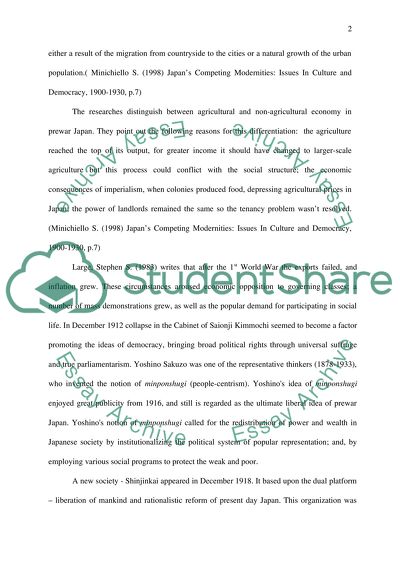Cite this document
(“Taisho period Essay Example | Topics and Well Written Essays - 1750 words”, n.d.)
Taisho period Essay Example | Topics and Well Written Essays - 1750 words. Retrieved from https://studentshare.org/history/1515669-taisho-period
Taisho period Essay Example | Topics and Well Written Essays - 1750 words. Retrieved from https://studentshare.org/history/1515669-taisho-period
(Taisho Period Essay Example | Topics and Well Written Essays - 1750 Words)
Taisho Period Essay Example | Topics and Well Written Essays - 1750 Words. https://studentshare.org/history/1515669-taisho-period.
Taisho Period Essay Example | Topics and Well Written Essays - 1750 Words. https://studentshare.org/history/1515669-taisho-period.
“Taisho Period Essay Example | Topics and Well Written Essays - 1750 Words”, n.d. https://studentshare.org/history/1515669-taisho-period.


